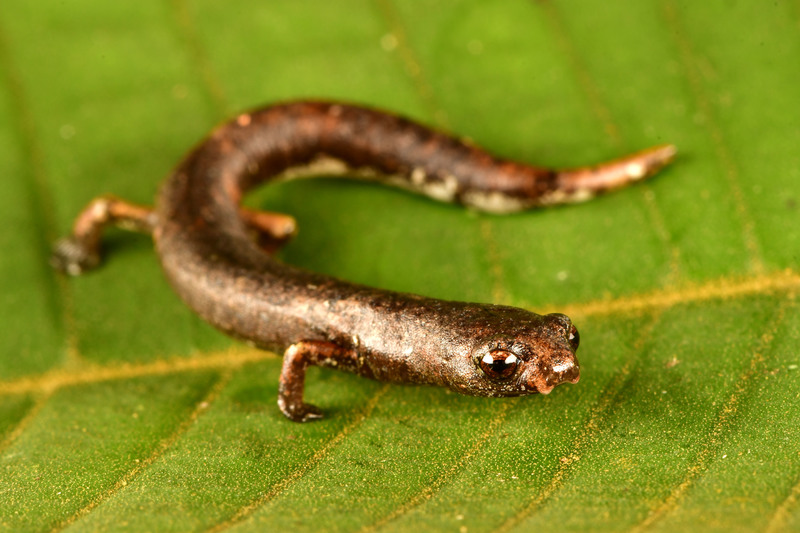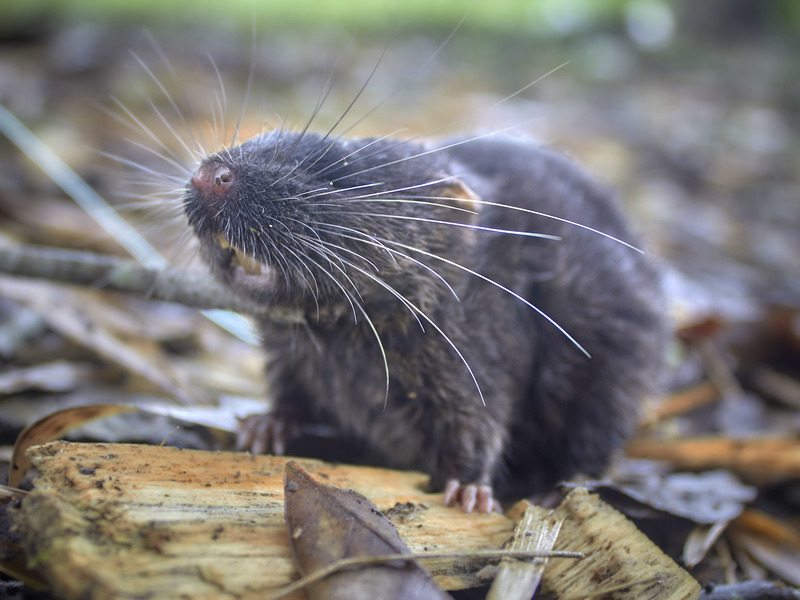While many new species are discovered in remote jungles or hidden in the depths of the sea, some are right under our noses. A research trip to the Alto Mayo area of Peru has revealed 27 new-to-science species – including a bronze salamander and an incredibly rare semi-aquatic mouse – in a region bustling with cities, towns and farmland.
ADVERTISEMENT
The area of Alto Mayo is diverse and covers about 1.9 million acres. Within this landscape are seven distinct types of forest, and territories belonging to Indigenous communities of the Awajún ethnic group. Towns and cities are also present here, fueling high rates of deforestation and expansion, but the area is also home to a rich diversity of wildlife, some of which has remained unseen until now.
Among the species recorded during the expedition are over 950 species of plants, many of which are used by the Indigenous communities for medicines, food and building materials, and over 200 species of butterflies, including 14 recorded in the Alto Mayo region for the first time, 10 of which have never been recorded in science before. Also adding to the list are two new species of scarab beetles, among the 70 that were spotted on the trip.
Among the reptiles and amphibians, the team found three species of amphibians that are new to science. This includes a climbing salamander (Bolitoglossa sp.), which uses its long sticky tongue to catch prey as well as two potentially new snake species.

This new species of salamander looks like a sentient Twiglet and belongs to a group that catches prey with their long sticky tongues.
Image Credit: Conservation International/Photo By Trond Larsen
Unusually, the expedition even added mammal species to the list with a previously unknown and exceedingly rare species of amphibious mouse that was discovered on a single patch of swamp. A new species of bat, squirrel, and spiny mouse also made the list.

This new species is a type of semi-aquatic (amphibious) mouse. This group is among the rarest in the world.
Image Credit: © Conservation International/photo by Ronald Diaz
“Discovering four new mammals in any expedition is surprising – finding them in a region with significant human populations is extraordinary,” said Trond Larsen, who leads Conservation International’s Rapid Assessment Program in the Moore Center for Science, in a statement.
Among the oddest looking species discovered is a “blob-headed” fish, which has an extraordinary appearance and raises questions about the function of its unusual anatomy, which currently remain unanswered.
ADVERTISEMENT
In total, the team recorded 2,046 species of which they think around 34 of them live only in the Alto May landscape, many of which are threatened with extinction. The collection of this dataset is due to inform conservation plans to connect the Alto Mayo Forest with the Cordillera Escalera Regional Conservation Area. This should help to create a protected corridor to allow these species to survive.
“We found that areas closer to cities and towns still support incredibly high biodiversity, including species found nowhere else,” said Larsen. “These findings underscore that even in areas heavily influenced by people, biodiversity can persist but only if ecosystems are managed sustainably.
Source Link: “Blob-Headed" Fish And Rare Amphibious Mouse Among 27 New Species Discovered In Peru